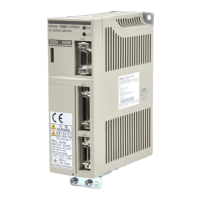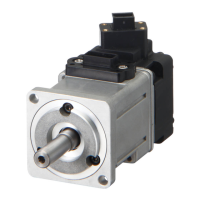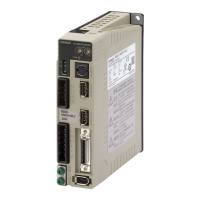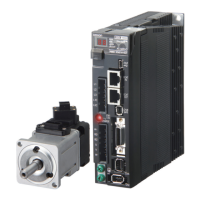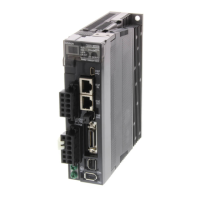4-110
4-8-2 Feed-forward Function (Position)
H Functions
• This function shortens the positioning time by automatically adding the command pulse input (CW/
CCW) differential value to the speed loop in the Servo Driver.
• Perform feed-forward compensation to increase servo gain efficiency, thus improving responsive-
ness. There is very little effect, however, on systems with sufficiently high position loop gain.
Note Refer to Position Loop Block Diagram in 4-7-2 Manual Tuning for the internal processing block
configuration.
H Parameters Requiring Settings
Parameter No. Parameter
name
Explanation Reference
Pn109 Feed-forward
amount
Set the feed-forward gain (setting rage: 0 to 100
(%)).
4-4-4 Parameter
Details
Pn10A Feed-forward
command filter
Set the feed-forward command filter (primary lag).
(Setting range: 0 to 6400 (x 0.01 ms).)
Note When not using the feed-forward function, set Pn10A to 0.
H Setting Procedure
• Finish adjusting the gain before adjusting the feed-forward.
• Increase the Pn109 (feed-forward amount) setting until positioning time is minimal. At this point, if
there are no problems with using overshoot, adjustments are complete. A high setting may cause the
machinery to vibrate. With ordinary machinery, set the gain to 80% maximum. (Adjust the gain while
checking the machine response.)
• If the overshoot is too large, increase Pn10A (feed-forward command filter) to reduce the it.
4-8-3 Torque Feed-forward Function (Speed)
H Functions
• The torque feed-forward function reduces the acceleration time by adding the value of TREF (torque
command input) to the current loop; it can be used with speed control.
• Normally a differential value is generated in the controller and this value is input to TREF.
• Overshooting will occur if the feed-forward amount (the voltage input to TREF) is too high, so adjust
Pn400 (torque command scale) as required.
Operation Chapter 4
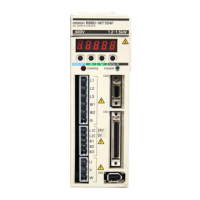
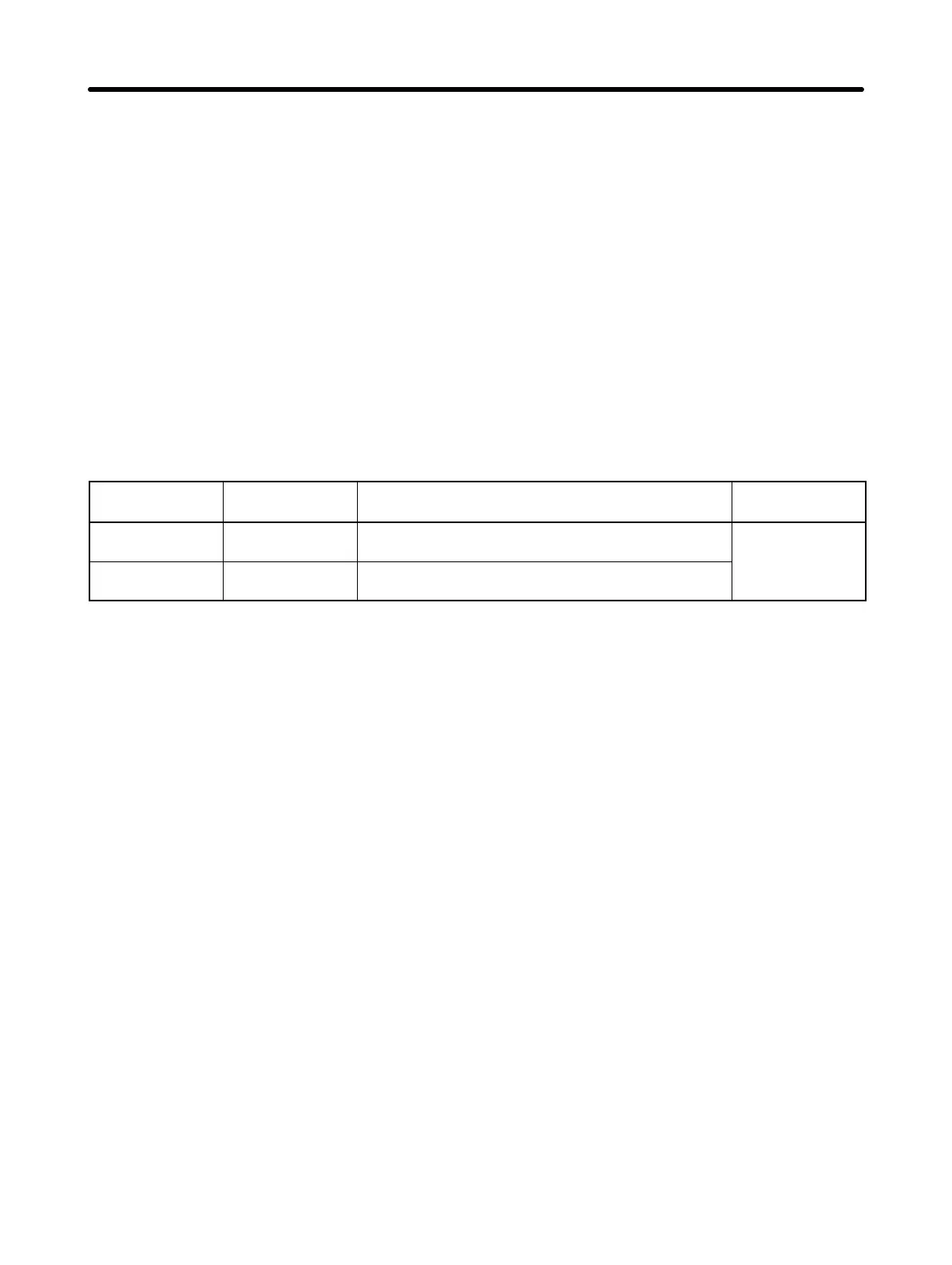